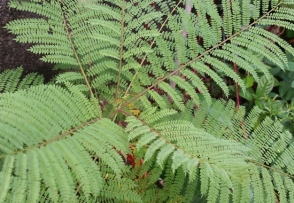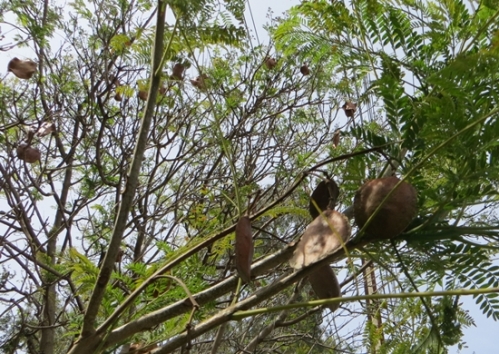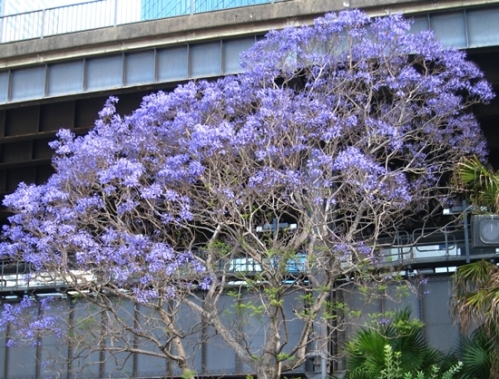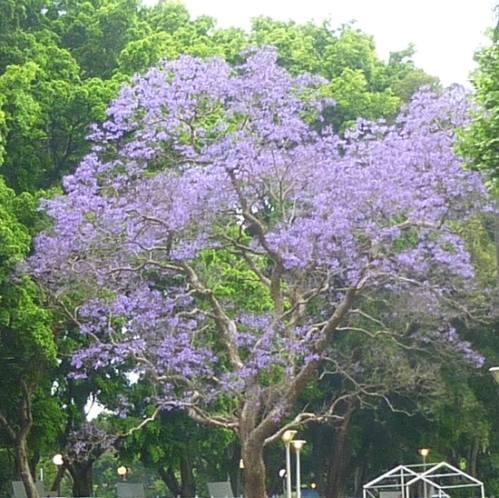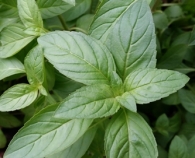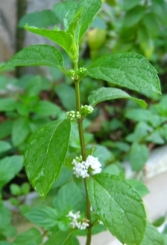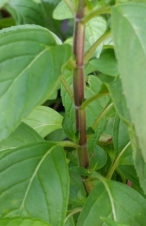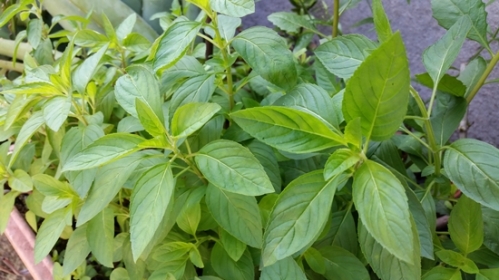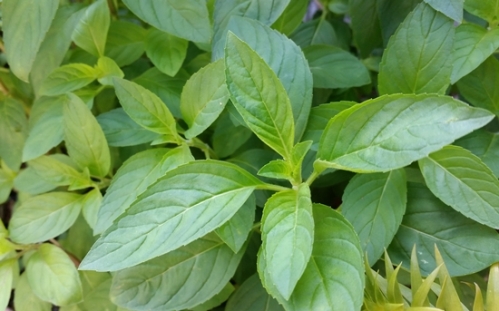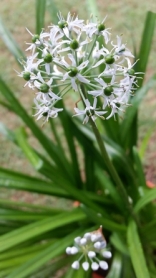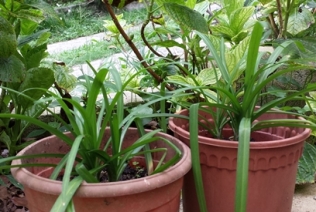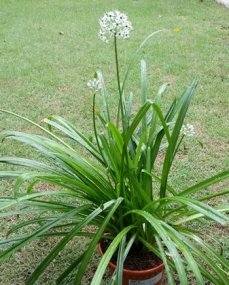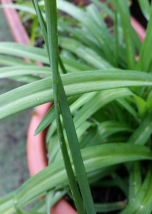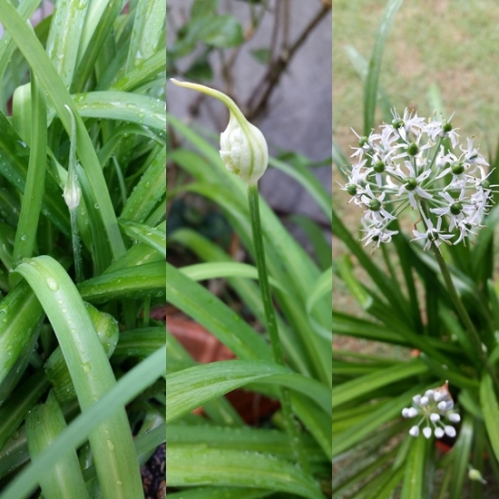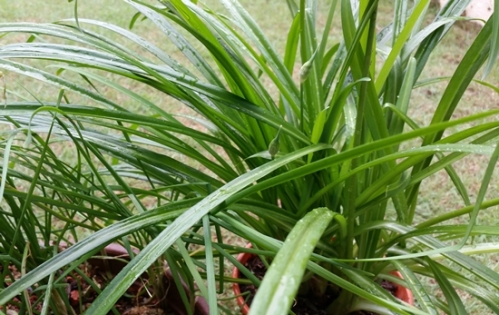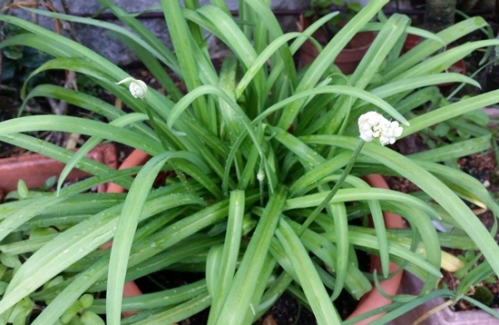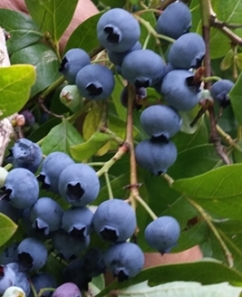 I could never have exercised that willpower, I thought as I popped another handful of blueberries, fresh off the stem, into the mouth.
I could never have exercised that willpower, I thought as I popped another handful of blueberries, fresh off the stem, into the mouth.
Years ago, my sister was asked to whistle as she picked the little berries packed with vitamins and antioxidants.
“Why?” she had asked, a little perplexed by the odd request.
“Because you can’t whistle and eat at the same time,” the farmer had replied with a straight face.
I’m not sure if my sister had obliged, but I was so glad the farm we were on had no qualms about us enjoying their berries. There were no ‘Eating is Prohibited’ signs and we weren’t told to whistle either.
But at just $1 a pound, the farmers probably didn’t really mind that pickers, like us, helped ourselves to as many berries as we wanted. After all, how many could we have eaten?
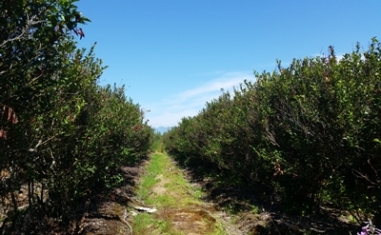 As it was, hundreds of overripe berries peppered the ground beneath the bushes. And despite it being the tail end of the season, there were still huge clusters of unripe blush and riper blue berries.
As it was, hundreds of overripe berries peppered the ground beneath the bushes. And despite it being the tail end of the season, there were still huge clusters of unripe blush and riper blue berries.
Armed with buckets, we went straight for the furthest bushes hoping to find those other pickers would have missed. The berries were waiting … by the thousands! The biggest berries were often out of reach on the highest branches, but our buckets filled fast nonetheless.
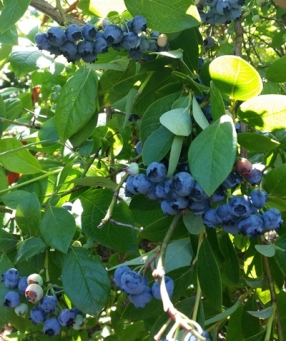 An hour and a half later, we made our way back to the blueberry stand, complete with berry-stained lips and fingers. Our haul tipped the scale at nine pounds! My first blueberry-picking mission was a success.
An hour and a half later, we made our way back to the blueberry stand, complete with berry-stained lips and fingers. Our haul tipped the scale at nine pounds! My first blueberry-picking mission was a success.
You’d think we had enough berries to last us a while, but no. We were back at the farm just a few days later for another berry picking session.
Those were happy blueberry-filled days. Nature has since set those same bushes aflame in autumn colours, frosting them over on colder mornings. And every berry has since been eaten, dried or frozen. 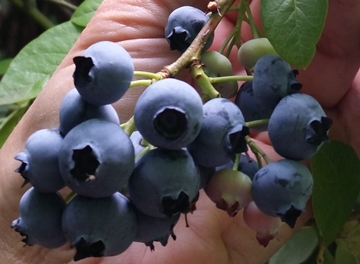
The blueberry season may be over up north, but the season is just round the corner for my friends down south. There’s already talk about netting their plants, protecting the berries from birds and squirrels.
Here I am, thousands of miles away, wishing I could join in the action. At best I can only start making plans for the 2018 season which can’t come too soon. Until then, the only blueberry picking I will be doing is from the supermarket shelves.
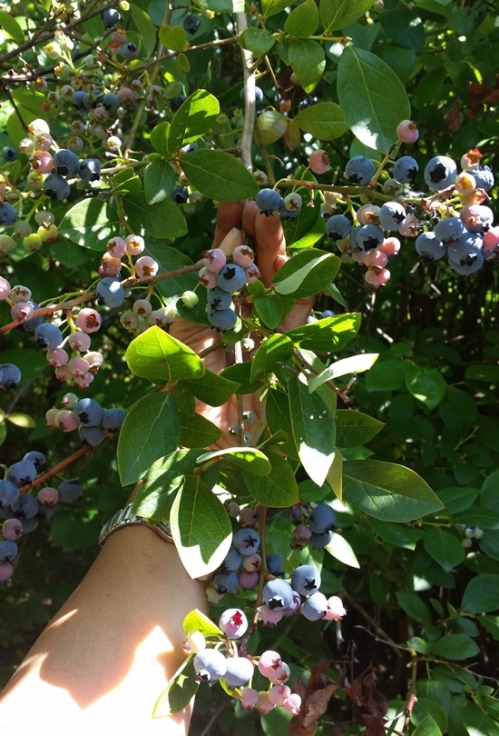
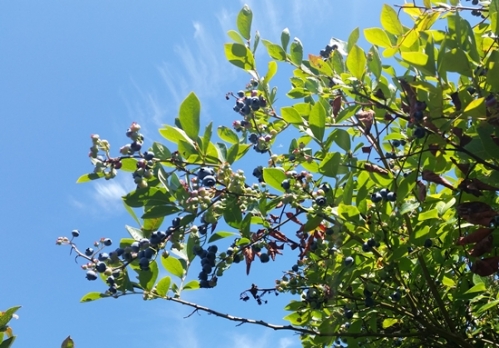
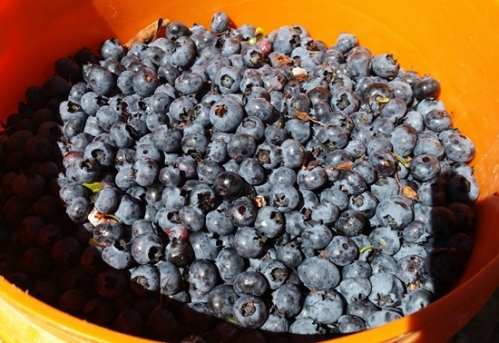
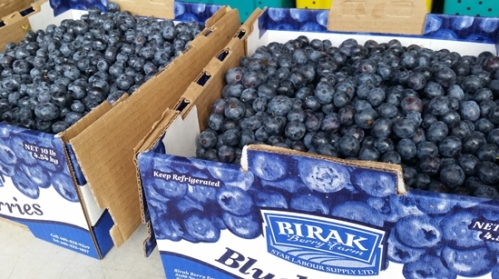
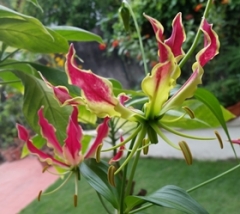
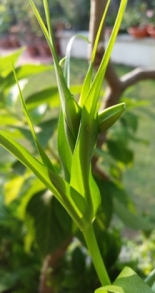
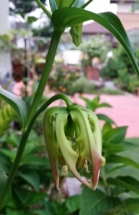
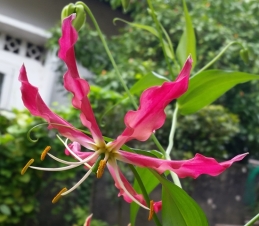
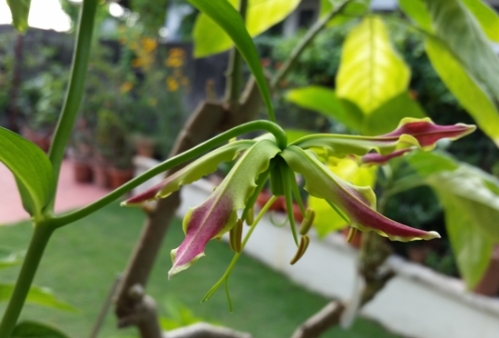
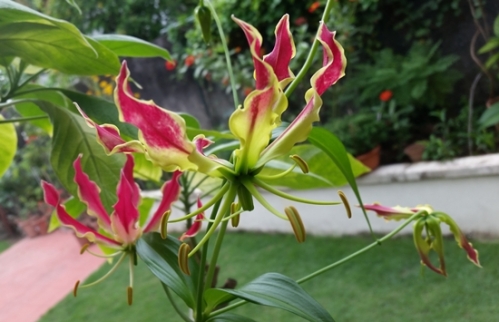
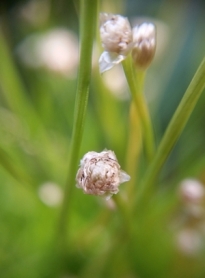
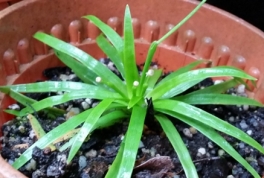
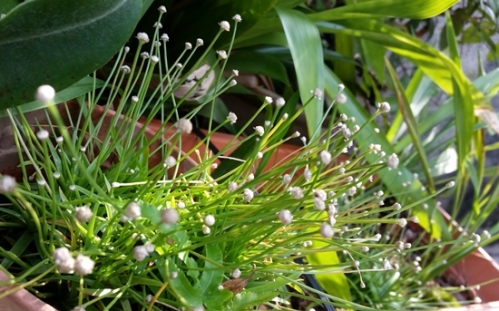
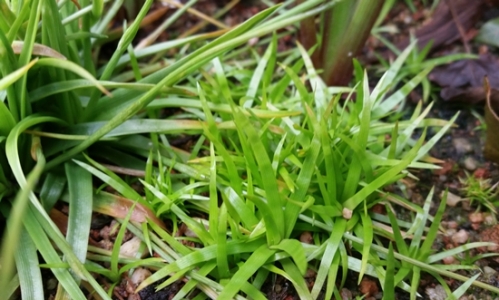
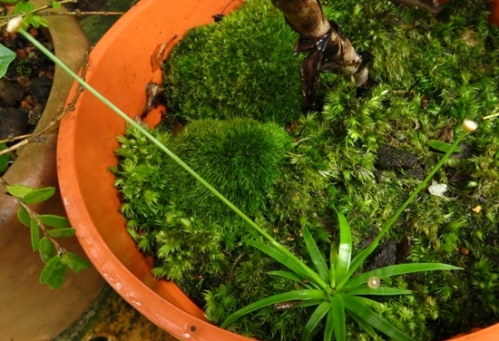
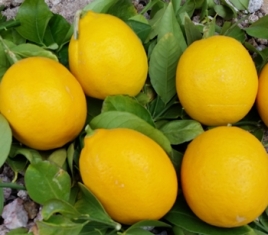
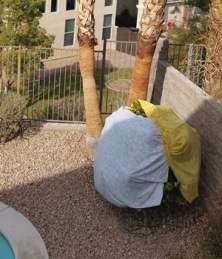 “Are there lemons on the tree? May I pick a few?” My cousin assured me I could but said they were not 100% lemon. “They’re a cross between a lemon and an orange,” he said.
“Are there lemons on the tree? May I pick a few?” My cousin assured me I could but said they were not 100% lemon. “They’re a cross between a lemon and an orange,” he said.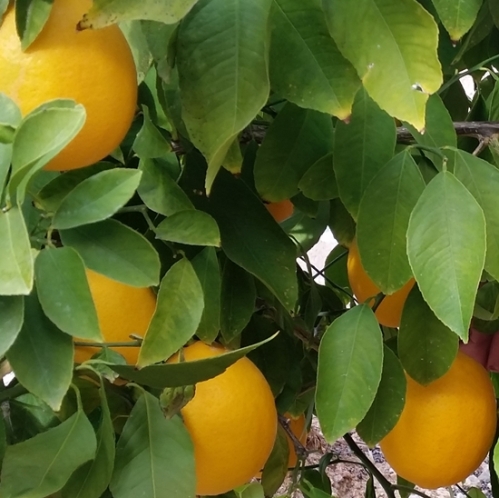
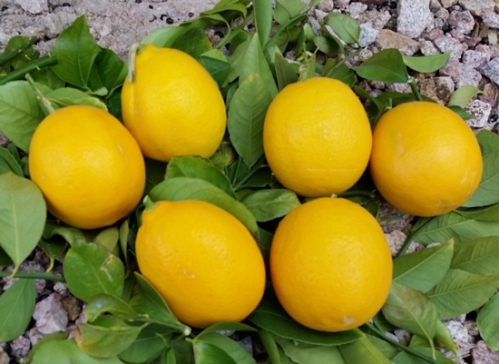
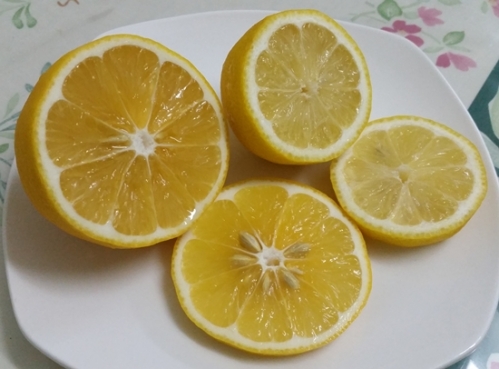
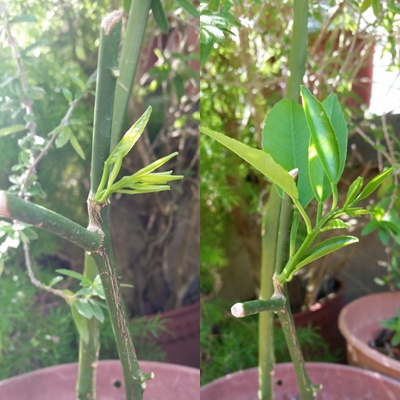
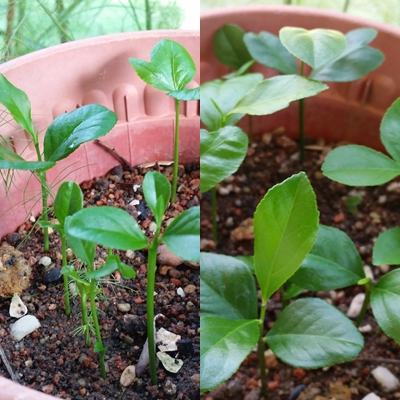
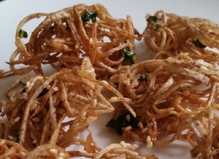 Deep fried mini taro nests make a lovely snack but I find them a little overpriced. Why pay when there’s taro in the backyard and I can prepare and fry these delectable crisps in a couple of hours?
Deep fried mini taro nests make a lovely snack but I find them a little overpriced. Why pay when there’s taro in the backyard and I can prepare and fry these delectable crisps in a couple of hours?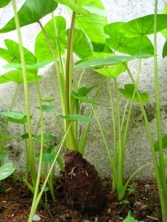
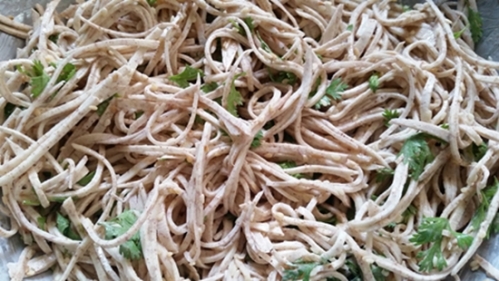
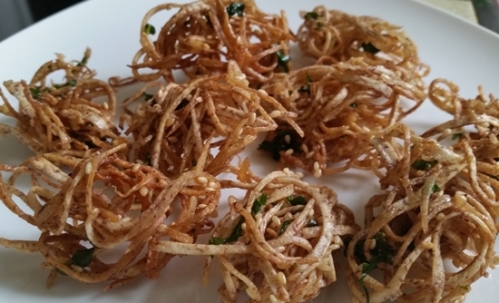
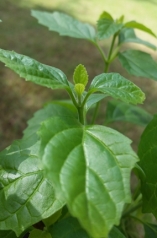
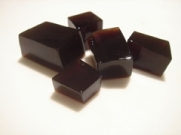
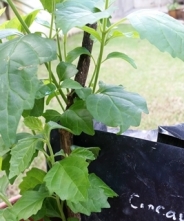
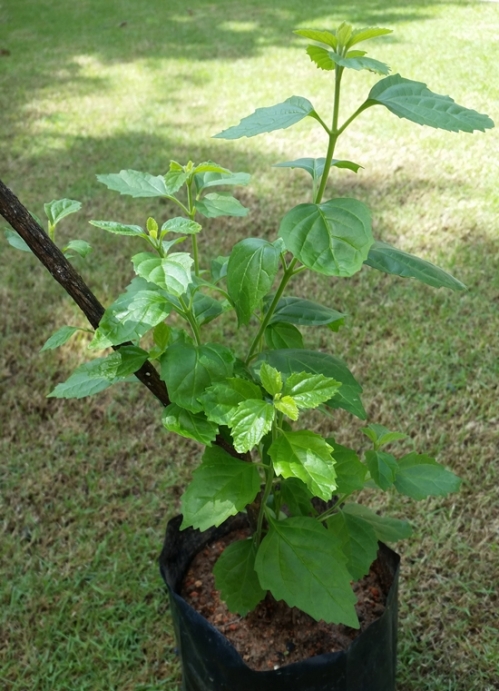
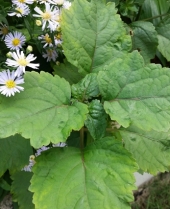
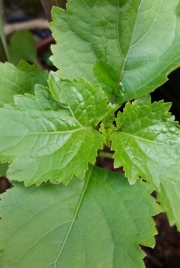
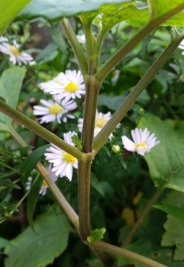
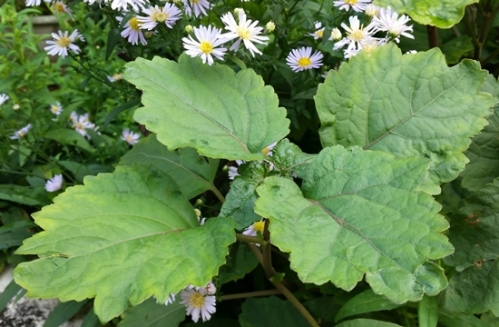
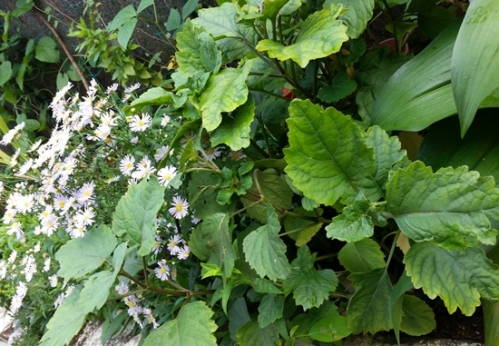
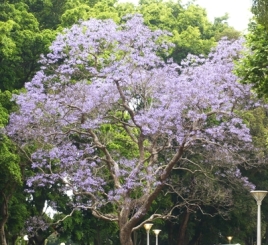
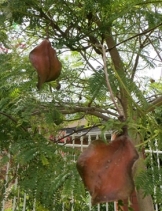
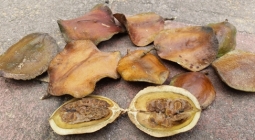 I was tempted to have a small slice of that heavenly purple but was not prepared to house a 40-foot giant in my own yard.
I was tempted to have a small slice of that heavenly purple but was not prepared to house a 40-foot giant in my own yard.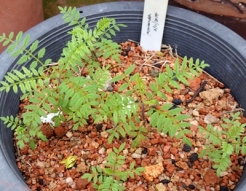
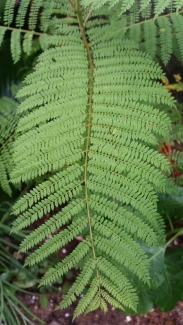 The Jacaranda seedlings are now more than 2 feet tall, each with hundreds upon hundreds of the finest leaves.
The Jacaranda seedlings are now more than 2 feet tall, each with hundreds upon hundreds of the finest leaves.